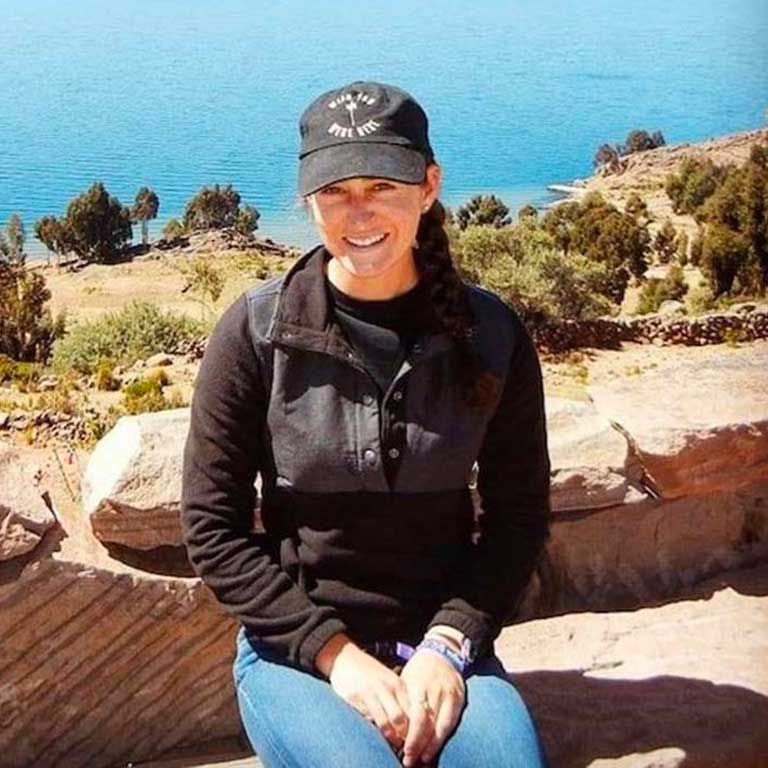AMS was contracted by RTI to provide State-mandated monitoring of three Horizontal Directionally Drilled (HDD) landfalls of Trans-Pacific submarine fiber optic cable systems in Eureka, California.
In the past two decades, increased demand for trans-Pacific communications has resulted in the installation of dozens of new fiber optic cables terminating in the California coastal zone. Each cable landing requires careful placement and installation to minimize potential negative impacts from construction. AMS was contracted by RTI to provide State-mandated monitoring of three Horizontal Directionally Drilled (HDD) landfalls of Trans-Pacific submarine fiber optic cable systems in Eureka, California.
For this particular project, three bore holes were drilled from shore using HDD. Each bore terminated approximately 5,400 feet offshore in 50-75 feet of water. AMS staff monitored for a possible release of drilling fluid along each bore path in the surf zone and offshore by analyzing seawater in the Project vicinity for Rhodamine, a vegetable-based fluorescent dye added to drilling fluid that can be detected at very low concentrations. In the event of a release of drilling fluid, AMS staff were present to verify the release. If such an event were to occur, AMS scientists were on-site to work with the HDD drillers and State Agency personnel to implement a pre-established plan to minimize any potential impacts to the marine environment.
AMS scientists reported directly to the California State Lands Commission (CSLC) to provide updates on boring operations, progress, and problems, as well as any potential environmental concerns that arose during HDD operations. Monitoring results were prepared in a report provided to the California Coastal Commission (CCC) and the CSLC.
AMS has been heavily-involved in the fiber optic cable industry since 2000. AMS has also performed a wide variety of other services in support of the industry, including assessing biological communities in the vicinity of proposed cable installations, conducting route characterizations to avoid sensitive habitat, and preparing California Enviornmental Quality Act (CEQA) documentation. Overall, AMS has participated in 34 of the 39 telecommunication cable landings into California since 2000. AMS is able to apply this extensive experience to other HDD projects as well as a variety of related nearshore infrastructure projects facing similar environmental concerns.

AMS Contact:
Jay Johnson serves as project manager for AMS for environmental mitigation monitoring compliance assessments. Jay Johnson is a senior oceanographer with over 30 years of experience supporting a wide variety of commercial and industrial clients, as well as regulatory and resource management agencies.

AMS Contact:
Ellen Goldenberg serves as the deputy project manager and lead on-site environmental mitigation manager. Ellen has over ten years of experience managing and performing field studies in both marine and freshwater ecosystems around the world.



